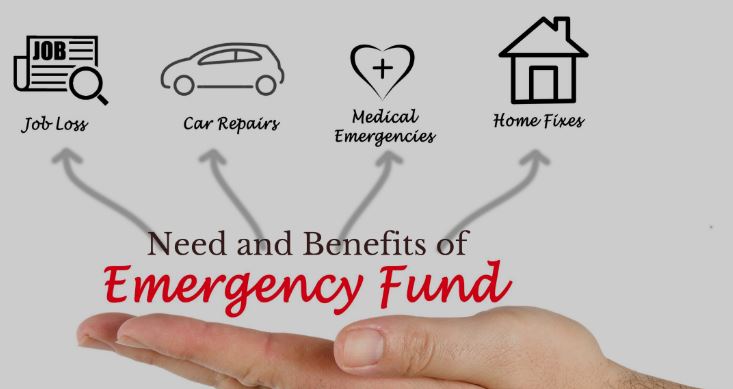Having an emergency fund is essential for financial security and peace of mind. It provides a safety net to protect you from unexpected expenses, such as medical emergencies, car repairs, or job loss. Here’s why everyone needs an emergency fund and some tips on how to build one:
Emergency Funds: Why Everyone Needs One and How to Build It
- Financial Security: An emergency fund serves as a financial cushion in times of crisis. It helps you cover unforeseen expenses without relying on credit cards, loans, or depleting your savings meant for other goals. Having this safety net allows you to navigate unexpected events with greater ease and minimal stress.
- Unpredictability of Life: Life is full of surprises, and you never know when an emergency might strike. Job loss, sudden health issues, or major home repairs can occur when you least expect them. Having an emergency fund gives you confidence and peace of mind, knowing that you’re prepared for whatever life throws your way.
- Avoiding Debt: When faced with an unplanned expense, it’s common for people to turn to debt as a temporary solution. However, relying on credit cards or loans can lead to high-interest charges and a cycle of debt. An emergency fund helps you avoid going into debt by providing the necessary funds to cover unexpected costs.
Now, let’s explore some tips on how to build an emergency fund:
- Set a Goal: Determine how much you want to save in your emergency fund. Financial experts generally recommend aiming for three to six months’ worth of living expenses. This amount will vary depending on your lifestyle, family responsibilities, and job security.
- Create a Budget: Review your income and expenses to identify areas where you can cut back and save money. Create a monthly budget that prioritizes saving for your emergency fund. Consider reducing discretionary expenses, negotiating lower bills, or finding ways to increase your income.
- Automate Savings: Make saving for emergencies a consistent habit by automating transfers from your primary bank account to your emergency fund. Set up automatic transfers on a regular basis, such as monthly or biweekly, to ensure a steady contribution without relying on willpower alone.
- Start Small and Be Consistent: Building an emergency fund takes time, so start with small, achievable goals. Set aside a certain percentage of your income or a fixed amount each month and be consistent with your contributions. Even saving a small amount regularly adds up over time.
- Keep it Separate: Open a separate savings account dedicated solely to your emergency fund. This separation helps prevent the temptation to dip into the fund for non-emergency expenses. Having a dedicated account also allows you to track your progress and see your emergency fund grow.
Remember, building an emergency fund is a long-term commitment. Be patient and persistent in your efforts, and avoid using the funds for non-emergency purposes. Having an emergency fund provides financial security and peace of mind, allowing you to navigate unexpected circumstances with confidence.


